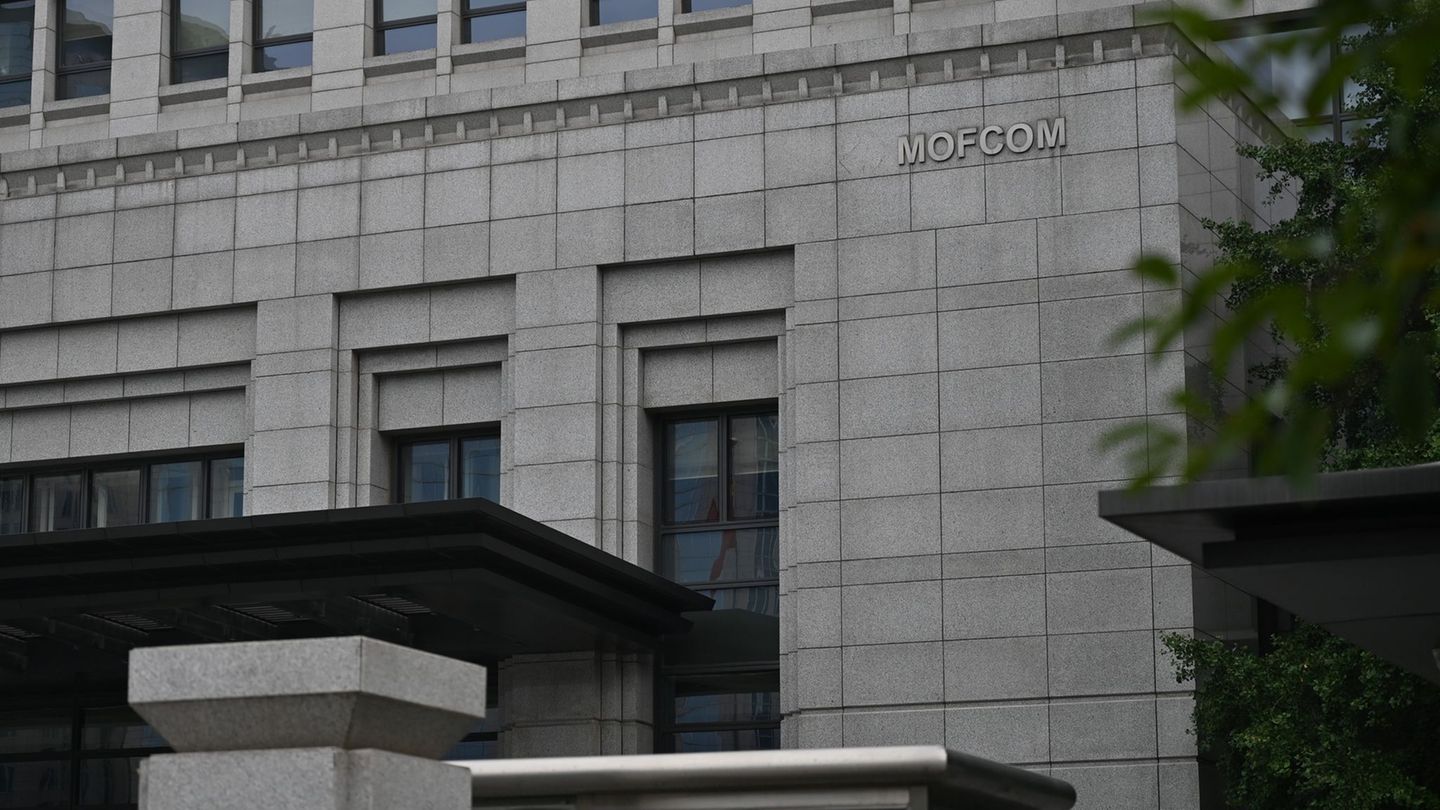Looking at what can be expected in the labor market in the coming months, analysts point out that The drop in activity will not be reflected in greater unemployment and that, in that scenario, employment levels would be sustained in the latter part of the year.
About, Sergio Chouzadirector of the consulting firm Sarandí, analyzed: “We are noticing a certain insensitivity of the responses of the socioeconomic and labor indicators, with respect to the dynamics of the economic cycle., of the levels of production and activity in the industrial sector, in commerce. This insensitivity is observed because the fall in consolidated GDP this year is heterogeneous, it is not mainly the result of a collapse in domestic demand, but rather it is the result of a fall in exports, of grains mainly, due to lower supply.” .
“So this heterogeneity in the components of aggregate demand causes the macro numbers of production and GDP to decline, do not impact the labor market to the same extent. Furthermore, it cannot be ignored that the labor market in the private segment is much more rigid than in other countries, where the response to the economic cycle occurs more immediately. That does not happen in Argentina, due to characteristics contractualand it is something that cannot be ignored when analyzing why there is a certain downward rigidity in employment numbers: There is a ceiling on unemployment, despite the fact that production levels this year fall”, remarked the economist.
In this context, he concluded: “We do not see that there is going to be a significant reversal, where the indicator for the third and fourth quarters will trigger unemployment.. The private market numbers in SIPA confirm the relative stability.”
In the same line, Hernan Letcher, director of CEPA, pointed out that growth in unemployment levels is not expected despite a contraction in economic activity. “Because, in fact, the characteristic data from this Wednesday’s publication by the INDEC is that unemployment was reduced from 6.9% to 6.2%, in a period where activity fell 4.9%,” he explained. .
Explaining why it happened this way, he highlighted: “The drop in the level of activity is basically explained by the 40% drop in the agricultural sector, which is a sector that generates relatively little employment. On the other hand, sectors such as construction and commerce, which generate more employment, and even industry, maintaining the level of activity in these sectors even allowed the generation of additional jobs. All this would imply recognizing that there were evidently policies aimed at sustaining the level of activity and employment and compensating for the negative effect of the drought on activity.”
Complex panorama
For its part, Eugenio Mari, Chief Economist of the Libertad y Progreso Foundation, assured that “although unemployment remained, the adjustment is being made with a drop in real wages.” “This occurs more profoundly in the sectors with less bargaining power, which are the not registered. For these workers, the purchasing power of salaries is falling at a rate greater than 10% year-on-year,” Marí explained.
“In the first quarter of the year the Government financed aggregate demand by selling reserves, but into the second quarter the effects of the inconsistencies in economic policy and the drought began to be felt. What is also observed in the GDP data. The adjustment in aggregate demand is being made by prices (lower wages) rather than quantities (unemployment)”, highlighted the economist.
Regarding what may happen in the labor market in the coming months, Marí concluded: “We have to consider that the unemployment data shows us the picture of the second quarter, which does not incorporate the inflationary acceleration of August and September, nor the deepening of the fall in the level of activity. Third and fourth quarter data likely to show growth in unemployment rate”.
Meanwhile, the consulting firm LCG projected that by 2023 they expect “that the labor supply remains at a maximum based on the need of households to supplement income given the drop in purchasing power in recent months”.
“On the other hand, the scenario of administration of the restrictions directly attacks investment and activity and, therefore, against genuine job creation. In this context, we do not expect major changes, except for natural growth, without the accompaniment of parallel job creation. This could impose an increase in the unemployment rate, which we estimate will once again approach 8% for the rest of the year.“, they concluded from the firm.
Source: Ambito




